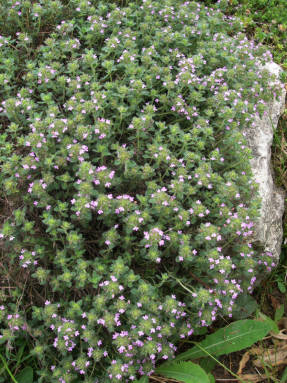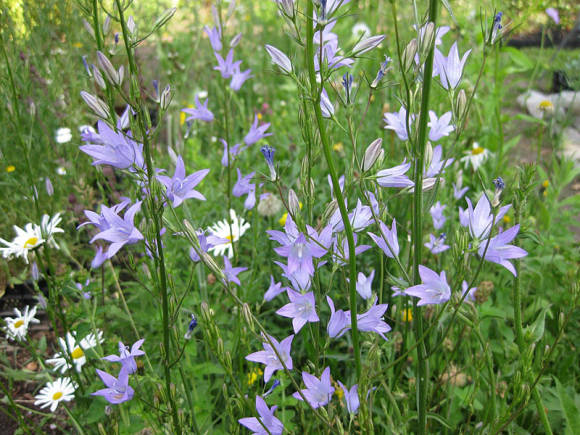 In European countries, the color of sorrow is considered to be black. The custom of wearing black at funerals dates back to pagan times. People believed that at the same time the spirit of the deceased could not recognize them and harm them. Other peoples have different, completely different from ours, ideas about the mourning symbolism of color. In China and Japan, the mourning color is white, which symbolizes the happiness and prosperity that awaits the deceased in another world. In the southern seas, the islanders wear clothes painted with black and white stripes during funerals, indicating that hope and sorrow, light and darkness, life and death alternate and never interrupt. In some countries, gypsies wear red for funerals, which symbolizes the victory of life over death, in Burma yellow is considered the color of sorrow, in Turkey - purple, in Ethiopia - brown. Each country has its own traditions and therefore it is impossible to talk about any generally accepted color symbolism of grief.
In European countries, the color of sorrow is considered to be black. The custom of wearing black at funerals dates back to pagan times. People believed that at the same time the spirit of the deceased could not recognize them and harm them. Other peoples have different, completely different from ours, ideas about the mourning symbolism of color. In China and Japan, the mourning color is white, which symbolizes the happiness and prosperity that awaits the deceased in another world. In the southern seas, the islanders wear clothes painted with black and white stripes during funerals, indicating that hope and sorrow, light and darkness, life and death alternate and never interrupt. In some countries, gypsies wear red for funerals, which symbolizes the victory of life over death, in Burma yellow is considered the color of sorrow, in Turkey - purple, in Ethiopia - brown. Each country has its own traditions and therefore it is impossible to talk about any generally accepted color symbolism of grief.
Often, the mourning symbolism is carried not only by the coloristic solution of the bouquet, but also by the selection of flowers itself. In ancient Egypt, a white lily was considered a symbol of the short duration of life. Her dried flowers were found on the breast of a young girl's mummy, now kept in the Louvre in Paris. For the ancient Greeks, the personification of the transience of life was the rose. It was believed that her beauty fades as quickly as our life flies by. "If you passed a rose, then do not look for it anymore," they said in Ancient Greece. As a sign of mourning, the Greeks wore roses on their heads and chests, and they also decorated monuments and urns with the ashes of the dead with them. It was believed that the smell of a rose is pleasant to the souls of the dead, and has a wonderful property to keep the body from destruction. The round rosebud, according to the ancient Greeks, was a symbol of infinity, which has neither beginning nor end, and therefore it was often depicted on grave monuments.
The custom of decorating graves with roses was adopted by the Romans from the ancient Greeks. In ancient Rome, wealthy people bequeathed large sums of money to permanently decorate their graves with roses. For these purposes, white and carmine-red roses were used more often than others. The former were mostly planted on the graves of young people, and the latter - on the graves of older people.
 The flowers of sadness and death among the ancient Greeks were not only roses, but also lovely spring flowers, which in our minds personify the spring awakening of nature. These are violet, hyacinth, anemone, daffodil. Their mourning symbolism is associated with legends and myths, in which the appearance of these flowers on earth was associated with sad events - be it the death of a beautiful young man named Narcissus or the kidnapping of Zeus' daughter Proserpina. In addition, spring flowers are short-lived, their beauty lives only for a few weeks - a small moment in an endless flow of time - the same as our earthly life.
The flowers of sadness and death among the ancient Greeks were not only roses, but also lovely spring flowers, which in our minds personify the spring awakening of nature. These are violet, hyacinth, anemone, daffodil. Their mourning symbolism is associated with legends and myths, in which the appearance of these flowers on earth was associated with sad events - be it the death of a beautiful young man named Narcissus or the kidnapping of Zeus' daughter Proserpina. In addition, spring flowers are short-lived, their beauty lives only for a few weeks - a small moment in an endless flow of time - the same as our earthly life.
If the Greeks had delicate spring flowers as a symbol of sorrow and grief, then in Europeans they became a flower of late autumn - chrysanthemum. It completes the seasonal flower parade, blooming in the midst or even late autumn. In Europe, chrysanthemums are used to decorate the coffin of the deceased, and wreaths of these flowers are placed on graves.
Another plant traditionally used in Europe for funeral ceremonies is rosemary. He, too, is put on his hump, to say by this that the departed will not be forgotten, and to this day they are often planted in the cemetery. In the language of flowers, rosemary means fidelity: in the 17th century, betrothed people weaved this flower into wedding garlands, which symbolized long-term love. About the dual purpose of rosemary - as a plant for a wedding and for a funeral - is said in one of the English poems: "It is not so important why it was ripped off, For my wedding or my funeral."
And finally, another plant is very often planted in cemeteries in Europe. This is periwinkle - an unpretentious creeping plant with evergreen leathery leaves.Since ancient times, it was considered the personification of stamina and vitality. Our ancestors believed that if you hang a periwinkle over the front door, no evil spirits will be afraid. Planted on the grave, the periwinkle is a sign of ever-greening love and faithful memory.









